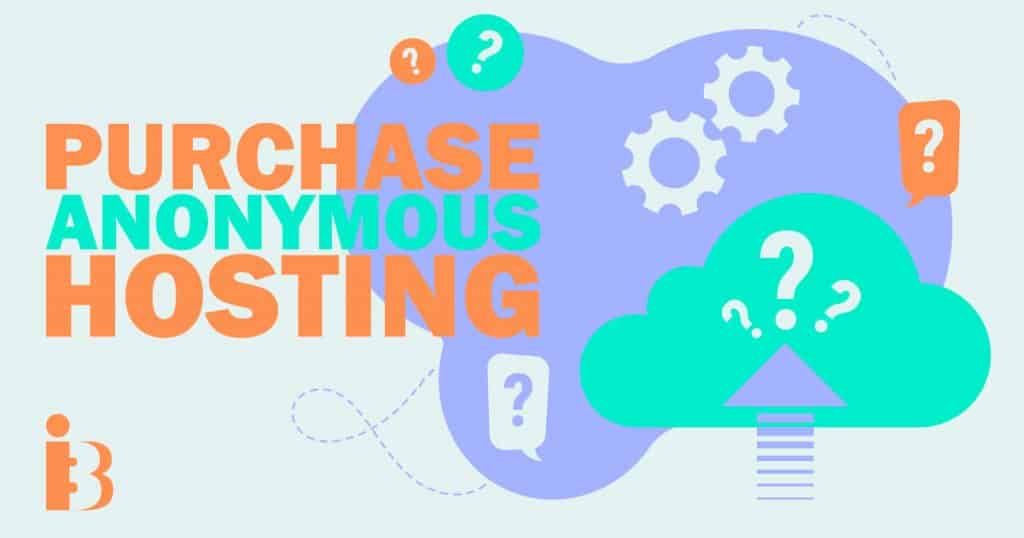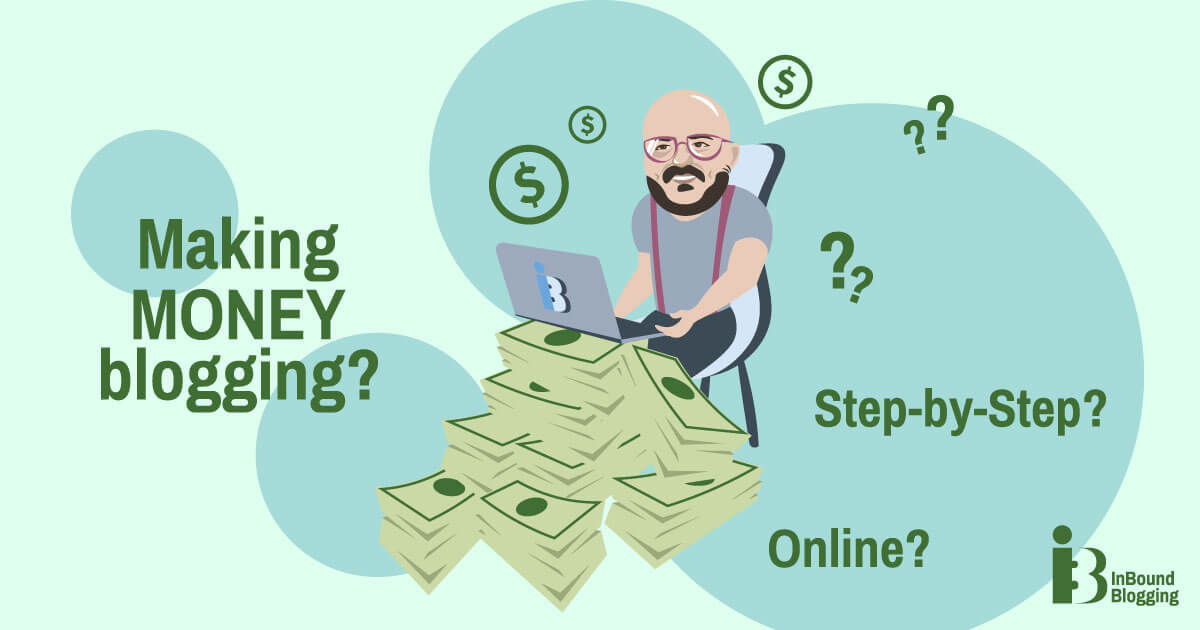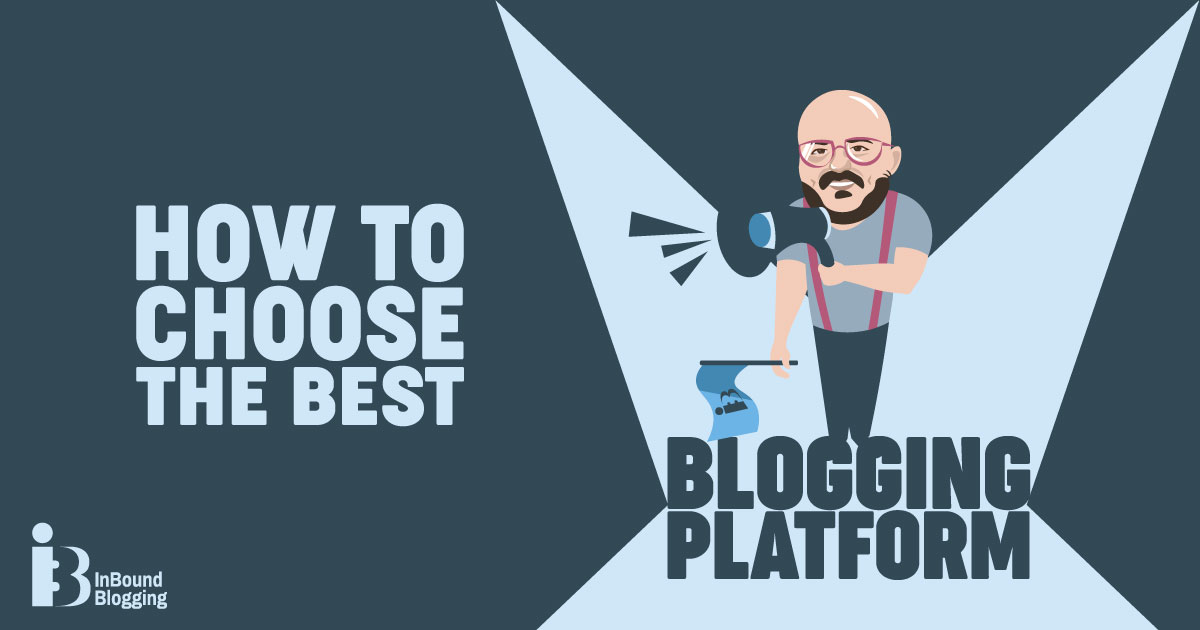Learning how to start an anonymous blog might sound like an unusual concept at first. After all, most bloggers want to receive recognition for their work. However, anonymous blogging can have its perks. It gives you complete freedom to write about anything you like, explore different topics, and even partner with various brands, without worrying about your reputation.
Anonymous blogging could even help you to make more money as a blogger. You can sell your writing services to various brands without having to focus directly on a specific niche.
Of course, in today’s digital world, where every blogging platform and hosting provider seem to collect data about you, staying anonymous does require a little extra planning and strategy.
Here’s everything you need to know about starting an anonymous blog, protecting your identity, and paving the way for phenomenal writing success.
The Ups and Downs of Being an Anonymous Blogger
Before we cover the basics of how to start an anonymous blog, it’s worth exploring the pros and cons of taking this content-writing route. Anonymous blogging has benefits, but it’s not suited to every content creator. If you’re developing your content strategy to highlight your thought leadership in a particular sector, or draw attention to your own brand, anonymity might not be a good idea.
However, if you want to write about controversial or sensitive topics, or explore a wide range of different themes without harming your reputation, an anonymous blog can be a fantastic strategy. For instance, if you have a background in technology, but want to write about beauty and healthcare, creating an “anonymous” blog can help to detach you from your existing background. It allows you to essentially “start fresh”.
Let’s check out some of the pros and cons of anonymous blogging:
Pros:
- Freedom to write whatever you want: As an anonymous blogger, you can create any kind of content you choose, without having to worry about controversy or judgement. You’re free to explore as many topics and ideas as you like, with very little backlash.
- Separation from your professional life: If you’re creating a blog with a different theme, or targeted at a different sector to your background, anonymity is great. It’s a chance to separate your “blogging” life from your existing professional identity.
- Privacy and protection: Not everyone wants the whole world to know who they are, where they live, or even their full name. Anonymous blogging can give you more opportunities to protect your personal data.
Cons:
- Connecting with your audience: It’s harder to build an emotional connection with your target audience as an anonymous writer. Most people like to form relationships with bloggers they can see as real, three-dimensional people.
- Trust and authority: It can sometimes be difficult to build a name for yourself as a thought leader for a specific topic if you’re blogging anonymously. Hiding your identity instantly makes it less likely that some customers will trust you.
- Reduced exposure: If you can’t provide a name and a photo to your customers on your blog, it can be difficult to gain media exposure. You may not get as many mentions in other publications, and may not be able to take part in collaborations and interviews as often.
How to Start an Anonymous Blog: Step by Step
If you decide anonymity is the perfect strategy for your blog, the good news is you can get started relatively easily. You can even learn how to start an anonymous blog for free if you’re producing a relatively small amount of content.
Here are the steps you’ll need to take.
Step 1: Install a VPN Client
When posting your blog content online, or registering your blog in the digital landscape, you’ll need to hide your “IP” address if you want to stay anonymous. Your IP address is specific to you, making it easier for people to track down who you really are if they can find it connected to your blog.
One tool you can use to protect your IP is a VPN, or Virtual Private Network. A VPN gives you more online anonymity, by creating a private network within your public internet connection. This stops people from tracing your IP. VPNs can also establish secure and encrypted connections on your behalf, giving you more privacy than your standard Wi-Fi connection.
There are various great VPN providers out there, such as ExpressVPN and NordVPN. Although some of these solutions are available for free, it’s worth noting free services generally don’t give you as much protection or functionality as premium services. You may even have to compromise on your security with a free VPN.
Step 2: Use an Anonymous Email Address
You’ll need a professional email address connected to your blog to ensure you can log into your content management system (CMS), and interact with your audience. An email address will also allow potential partners to reach out to you for content marketing strategies. You can set up a relatively anonymous address with Gmail, provided you don’t offer the system any personal data.
However, you will eventually need to give Google another way to contact you in case you lose access to your account. One option could be to use an app like Burner or Hushed to create an anonymous phone number. Alternatively, you could explore the benefits of an app like Guerrilla Mail, which gives you a “temporary” disposable email you can use for anything.
Another open-source tool you could use for unlimited email aliases is AnonAddy. This allows you to create as many as 20 shared domain alias emails, or an unlimited number of standard aliases. There are even plugin extensions available for your browser.
Step 3: Purchase Anonymous Hosting

The next step in starting an anonymous blog is purchasing hosting and a domain address. Ideally, your domain address shouldn’t include any reference to your name or the business you currently work for, so keep this in mind when choosing a title.
There are various hosting solutions which allow you to purchase any domain name you like, and set up your hosting services with access to VPNs to protect your identity. You can use sites like Hostgator, Hostinger and DreamHost if you’re looking for WordPress hosting.
Make sure you pay attention to how each hosting provider manages information, and what kind of security and privacy tools they have in place.
Step 4: Use WhoIs Privacy
When you’re setting up your hosting, you may find some solutions provide access to an extra source of security, known as WhoIs privacy. In most cases, when you purchase a domain name and other hosting solutions for your site, you’ll need to provide contact information, including a name, phone number, email address and even a physical address.
Unfortunately, once you enter this information into the web, it’s publicly accessible. That’s why many domain name providers offer “WhoIs” privacy. You may need to pay a small extra fee to access this service, but it should mean that the host showcases its information, instead of your personal details when people search for you online.
Bluehost and NameCheap both allow you to purchase domain privacy during the initial set-up process. In fact, NameCheap doesn’t actually require access to your personal details in order to work. Making it a great option for anonymous bloggers.
Step 5: Choose a Pseudonym
Just because you don’t use your own personal data and name on your blog, doesn’t mean you shouldn’t include any name at all. If you’re blogging under your real name, everyone will know who you are, and connect your content to you. However, as an anonymous blogger you’re free to use any name you like.
You can connect your pseudonym to your WordPress pages and posts, so readers still have a “name” to associate with your blog. It’s up to you to determine what kind of title you want to use here. There are Random Name Generators online to help you, or you could just choose a name you like.
Step 6: Choose an Anonymous Blogging Platform
If you really want to ensure your blog is as anonymous as possible, working with an anonymous platform is a good idea. There are various tools out there which allow you to write under any name you choose, without collecting personal information about you.
Options range from Telegra.ph, to Write.as, and even Ghost. However, you don’t have to use a lesser-known platform if you don’t want to. WordPress also gives you opportunities to protect your identity with the use of plugins and apps.
You can use a service like “Hide my WP”, which helps to protect your WordPress website from hackers, and maintain complete anonymity. You can also add new users to your WordPress platform whenever you choose, allowing you to write under different names seamlessly.
All you need to do is set up a new user on your WordPress account, using the anonymous email and pseudonym you’ve chosen. You can even create social media accounts linked to your pseudonym to give your new “identity” a greater sense of authority and authenticity.
Step 7: Decide What You’ll Share

Finally, you need to think about what kind of information you’re going to be sharing online. You might start off by using a pseudonym and no actual pictures of your face on your blog. However, you could also decide to use your voice for podcasts and interviews while maintaining a good level of anonymity.
Additionally, while you might not share details of who you are, you can still provide insights into your life with your blog posts. Anecdotes and real stories from your experiences are a great way to make your content more appealing and engaging.
It’s up to you to determine what kind of information you feel comfortable sharing online, and what you’d like to keep private. You can either be totally anonymous, or just hide the personal details of your life, while still providing insights into your background and experiences.
Let’s Wrap it Up
Learning how to start an anonymous blog isn’t as complicated as may first seem. There are plenty of tools available online to help you create a new identity for yourself as you build your career as a content creator or blogger. However, you need to think carefully about how you can consistently ensure the privacy and safety of your identity, and your site.
Make sure you choose the right hosting provider, and always be careful about the information you choose to share online.
FAQ:
How Can I Blog Anonymously?
All you really need to start blogging anonymously is an anonymous web host, a good domain name, a new email address and the right blogging platform. A VPN and WhoIs security will take your protection and privacy to the next level. You can also consider building on your anonymous identity by creating social media pages for your pseudonym.
Can You Make Money with an Anonymous Blog?
Writing blogs anonymously doesn’t stop you from monetizing your content. You’ll still be able to work with affiliate marketing strategies to promote other people’s products. You can also showcase ads and display content on your website too. However, you will need to make sure you’re taking extra steps to keep your identity private when working with other companies. You may also struggle to promote your own company if you’re anonymous.
Do You Have To Use Your Real Name On A Blog?
Blogging is extremely versatile. There’s no law to say you have to use your actual identity or real name when creating a blog. There are plenty of examples of great writers out there who constantly use pseudonyms when writing online. Starting a blog with a fake name is a good way to experiment with your writing strategy and explore a range of topics without the risk of adverse reactions.
However, you might find you eventually decide to add your real name to your blog if you want to improve your thought leadership or credibility in a specific niche.



